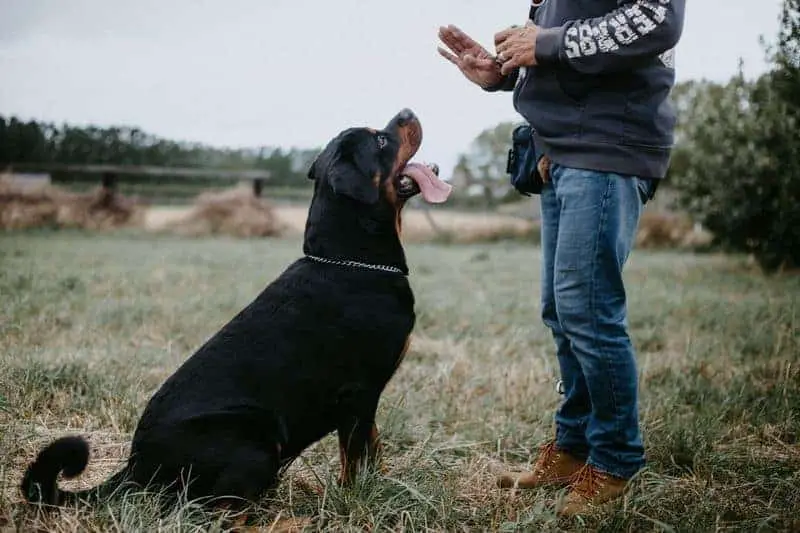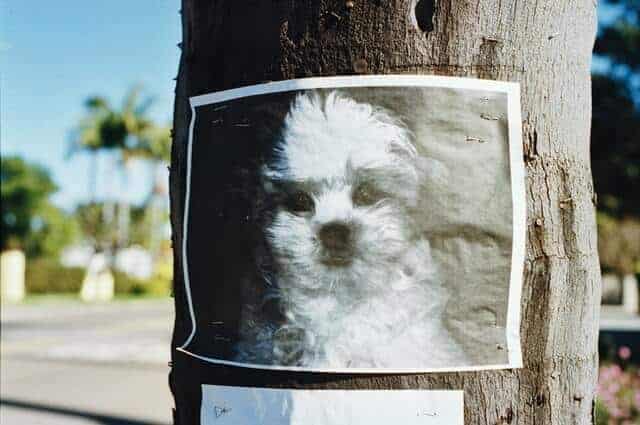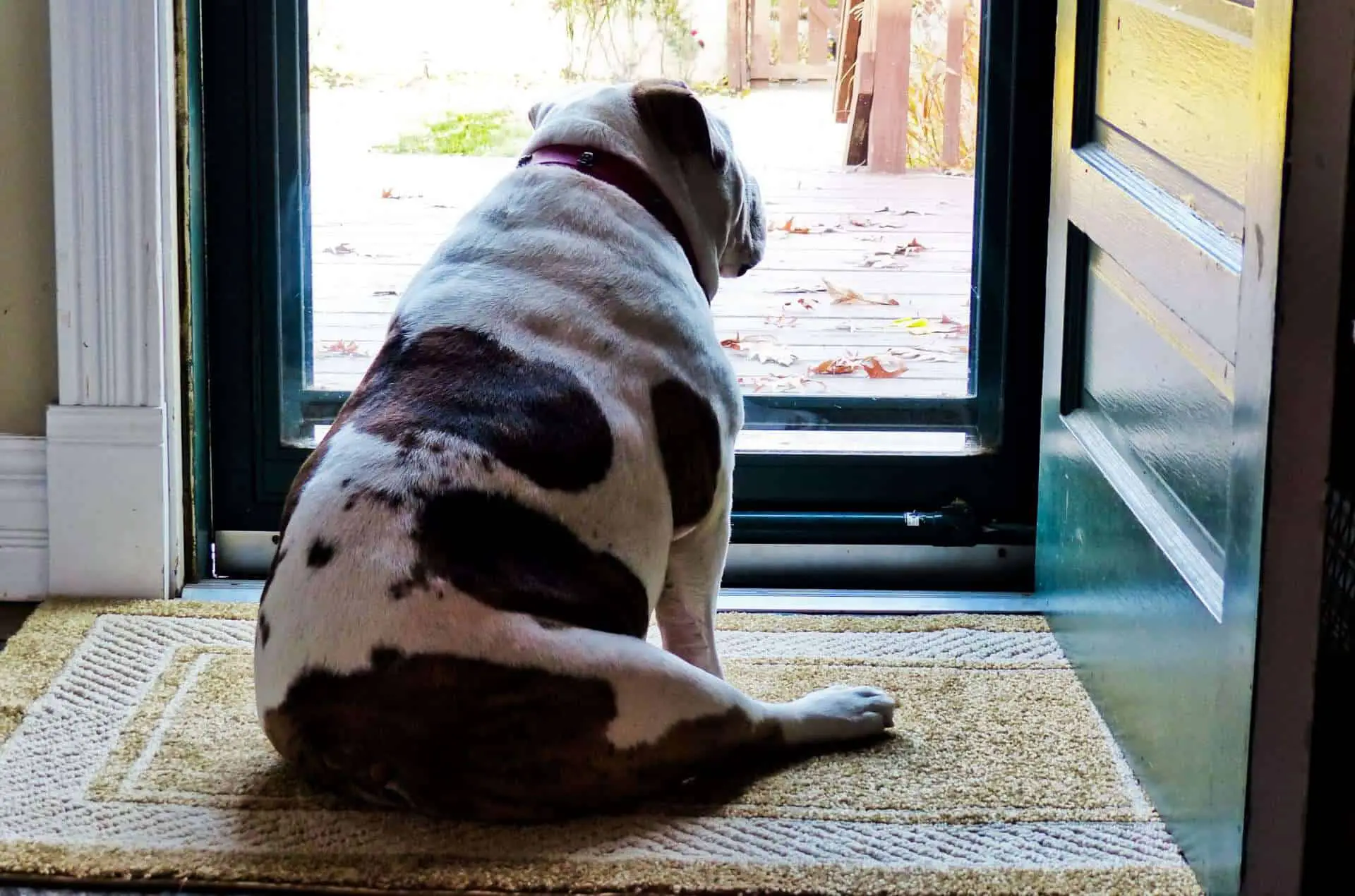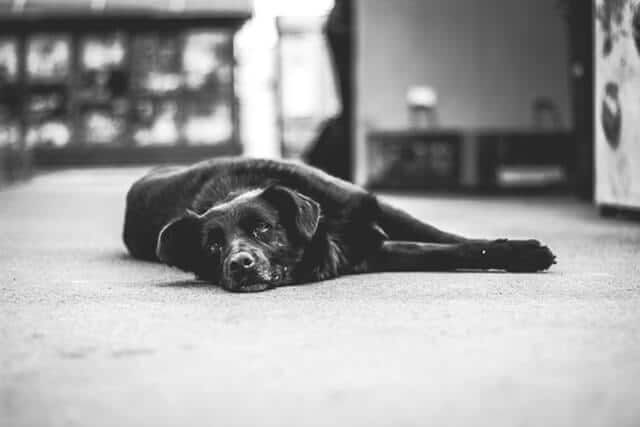There is often ambiguity about what to do when your beloved pet passes away. There is no doubt that this will be an emotional time for yourself and your family. The loss of a pet produces sorrow, and sometimes anger, and you should accept that the grieving process takes time. If your pet is ill or of an advanced age, you may want to consider preparing for their death in advance, so that you will know the steps to take once this happens. Speak to your veterinarian and consider the various options.
What are the steps to take when your dog dies at home?
The moments after your beloved dog passes away can be very distressing; nevertheless, there are steps that you must consider taking with near immediate effect. As such, it might be easier for your mental well-being to call a friend to assist you during this difficult time. Whether you intend to have your pet transported to, or collected by, your local animal shelter or vet clinic, or if you intend to bury your pet yourself, there are procedures which you should follow as soon as possible.
Firstly, consider whether you intend to have family members say their final goodbyes. If you have other pets, allow them to see the body, inspect the vicinity and spend a moment understanding the situation. This may help your remaining pets from becoming anxious and searching for the ‘lost’ animal/friend.
Secondly, consider that preparing your dog’s body for transport or burial is likely a two-person job, regardless of the size of your pet. The body should be wrapped in a towel, blanket or sheet. Ideally, tuck the legs in and under, so that the body is as compact as possible. It is important to do this step before rigor mortis sets in; the joints will start to stiffen within ten minutes of your canine dying and will compete within a few hours. Next, it is best to put the wrapped body into a heavy-duty plastic bag which is then sealed. If you are intending to transport your pet to a veterinary clinic, animal shelter or pet cremation service, you should label the body with your name, your pets name, your contact details and the date.
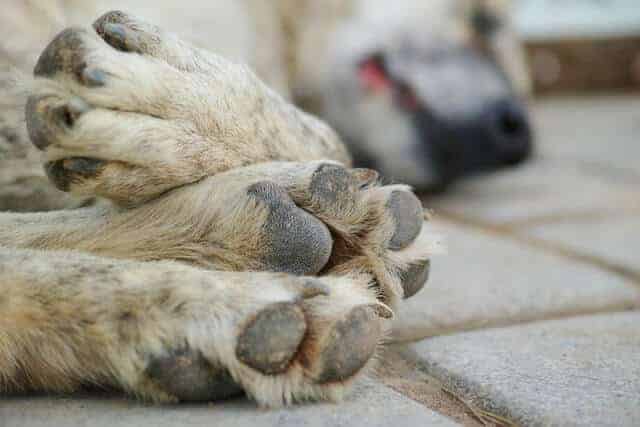
Table of Contents
It can be unsettling to witness the following natural occurrences which may happen immediately, or soon after, your dog is deceased. Each of the below are perfectly natural, particularly if the pet is moved:
- A foul odour may develop and insects might start to be attracted
- Twitching due to nerve spasms
- The discharge of gases or fluids from the dog’s bowels
- The discharge of air from the dog’s mouth
It is important to always wear gloves when handling a deceased pet, particularly when the cause of death is not known. Next, you should clean the area thoroughly with disinfecting detergents. The next step is to keep the body of your dog cold.
Keep the body cold
It may not be particularly nice to think about but, the hotter the weather, the quicker that decomposition of your pet’s body will set in. As such, it is important to keep the body as cool as possible with near immediate effect. This will give you time to make further arrangements. Larger pets may not fit into refrigeration facilities so it is best to consider transporting them to the coolest location in your home, be this a concrete floor, cellar or garage. Covering your pet with a blanket or towel and ice packs can also help. Ideally, never keep your pet like this for any longer than 24 hours or the smell will start to permeate your home. Small dogs can be more easily kept cool in a refrigerator or freezer, after wrapping in a towel and being placed in a sealed plastic bag.
Contact your vet
If your pet passes away while at the vet clinic, then they will go through the necessary formalities with you. Veterinarians and their assistants get into the profession for their love of animals, and will understand your loss, so do not feel awkward being emotional in their presence. If your pet dies at home, your local vet clinic is still likely best placed to give you advice for local arrangements and regulations in your area. Rules differ by country, but they may also differ by state or province or even municipality.
Veterinary clinics will likely be able to facilitate the storage of your pet’s body until you are able to decide what to do next. Furthermore, vets will generally have advice about other after life services such as burial, cremation or donation, regardless of whether you are a regular patient.
You may want to know why your pet passed away, if the death was sudden or unexpected. In this case, your veterinarian may be able to assist but do not delay about getting in touch with them. Your pet will need to remain cold, but not frozen, as the ice crystals which form can damage the tissue and interfere with test results.
How to dispose of my dog’s body?
Burial
It is important to first check with your local municipality before burying a pet on your property. It is generally illegal to bury a pet if your property is rented or on communal land. Your local vet clinic or animal shelter should also be able to assist with advice on the matter. Moreover, it is best to check with your vet if the remains of your dog may be hazardous. If your pet was euthanised, then they will likely have high concentrations of the medication pentobarbitol, which can remain in the body of your dog for up to a year. This drug can cause serious illness or even death if ingested by a scavenging animal. If your pet died from an illness such as parvovirus, this can also be passed along even after death. In these circumstances, enclose the body in a solid, natural container that will not easily allow it to be unearthed such as a wooden box.
When burying your pet, dig a hole deep enough to cover your dog with at least 3 feet, or 1 meter, of earth. Ideally wrap the body in compostable material such as cardboard, cotton sheeting or newspaper. Place a large, heavy object on top of the body such as stones or the like, to ensure that other animals do not dig up the body at a later date. You may then want to define the area with flowers, a planter or a grave marker.
Cremation
Your local veterinary clinic should be able to recommend animal cremation services in your area. In addition, animal control or the local SPCA, may offer cremation services for a nominal fee which supports their on-going works. Cremation is often a costlier option than burial; however, it does mean that you are able to keep the ashes to store or scatter as you wish at a later date. There are numerous options to memorialize your pet’s ashes so that they will forever have a special place in your home.
Pet cemeteries
Pet cemeteries are one of the most expensive options for disposing of your dog’s remains; however, this option does mean that you are able to erect a headstone and have an area to come back to visit.
Donating your dog’s body to science
Depending on how your dog died, donating their remains to science can be a very worthwhile, cost-effective and selfless option. Your decision could help other pets in a similar situation in the future by allowing for research about the disease and associated treatments. In addition, many human diseases have similar complications in the body as a canine, and as such, the study of these can be very useful. Your veterinarian, or local veterinarian school, may be able to assist with options in your area.
How do you deal with the emotions of losing a dog?
Grief
Losing a pet is a traumatic event which many people consider similar to losing a cherished family member. It is important to give yourself time to feel your grief and acknowledge your emotions. Talking about your feelings, and about your deceased dog, may be a good coping mechanism. Often times friends and acquaintances may not understand the extent of your heartache, considering that it is ‘only’ a pet that has passed. If simple tasks start to become stressful, or if the loss of your pet triggers the grief of other losses in your life, it may be worthwhile seeking professional counselling or pet bereavement support services in your area.
Explaining the death of a dog to children

It is best to be honest and direct with your children about the death of a dog. Do not use euphemisms that can easily be misconstrued such as ‘put to sleep’ or ‘went to live on a farm in the sky’. You might think that you are protecting them, but really you may be making it harder for them to get over the event, or trust you in the future. Use age-appropriate language and ensure that you are willing to share your own feelings which will allow your children to feel better about opening up themselves. Remember that this may be their first experience with death, so they might have questions, and it is important to answer them honestly and not to skirt around the issue.
Children often express their feelings best in a creative way. Allow your child to take the lead in constructing a memento of your dog, which will give your family a chance to say goodbye to your much-loved pet. A funeral service or wake, a poem, a story, or a special picture frame or drawing may help with the grieving process.
When to get a new dog
It is a natural reaction to want to fill the void which can result from the loss of a much loved dog; your home may now feel too quiet, or you may want to try to assist with your family’s grief by bringing a new puppy home. However, do not rush out to get a new dog just to cover up your grief. Each dog is unique, and it is not fair on your new pet to come into a home that is still grieving the loss of a previous pet. In addition, consider any other pets you may have, and how they may take to a new animal in their territory.
Before getting a new dog, take time to consider the things that you were unable to easily do while having the responsibilities of a pet. This might be a good time to think about going on a holiday or visiting relatives since you no longer need to pay for a kennel stay. Home renovations and the like can also be very distressful to a dog, as the noises and new people can cause anxiety, as well as the changes to their environment. Ideally think about any of these situations and time them before bringing home your new dog.
How can I memorialize my dog?
There are numerous creative and touching ways in which to celebrate the memory of your beloved dog. Some are simple, and homemade, whereas others are more wacky or expensive. No amount of money is able to bring your dog back; however, one or more of these options may make the loss a bit more bearable. Below we have included a list which is far from exhaustive:
- The graveside funeral with speeches
- A Zoom funeral with all of your loved ones
- A personalized pet grave marker
- A paw print keepsake in paint or plaster
- A pendent with your dog’s nose print
- A jovial wake with food, drinks and friends
- An shrine in your home with pictures, candles and mementos such as a collar or lead
- A special pet memorial frame
- An obituary in the local paper
- A social media post to notify your friends and family
- A customized pet urn
- A scrapbook filled with photos and keepsakes
- Pet cremation jewellery
- A commissioned painting
- A commissioned replica of your dog as a cuddly soft toy
- A commissioned concrete replica sculpture
- Planting a tree in their memory
- Repurposing your dog’s collar or leash into a keychain or bracelet
- A tattoo of your pet – some artists will even mix your dog’s cremation ashes into the ink
For those that have the resources, and inclination, to splash out on the best, it is now possible to use the cremation ashes of your dog to be made into diamonds. Moreover, for about $50,000 you can even, with advanced planning, clone your dog, though this is out of reach for the most of us, and we’re not too sure that’s a healthy thing for you to do anyway.
Summing up
We all know that our treasured dog will die at some point; however, this does not make the eventuality any easier once the time comes. Whether your pet died suddenly, or from old age, the loss can still be very traumatic and may take a long time to get over. It is important to accept this process, and reach out for help from loved ones. Keeping the memory of your dog visible in your home by way of a memorial may help with the grieving process.



